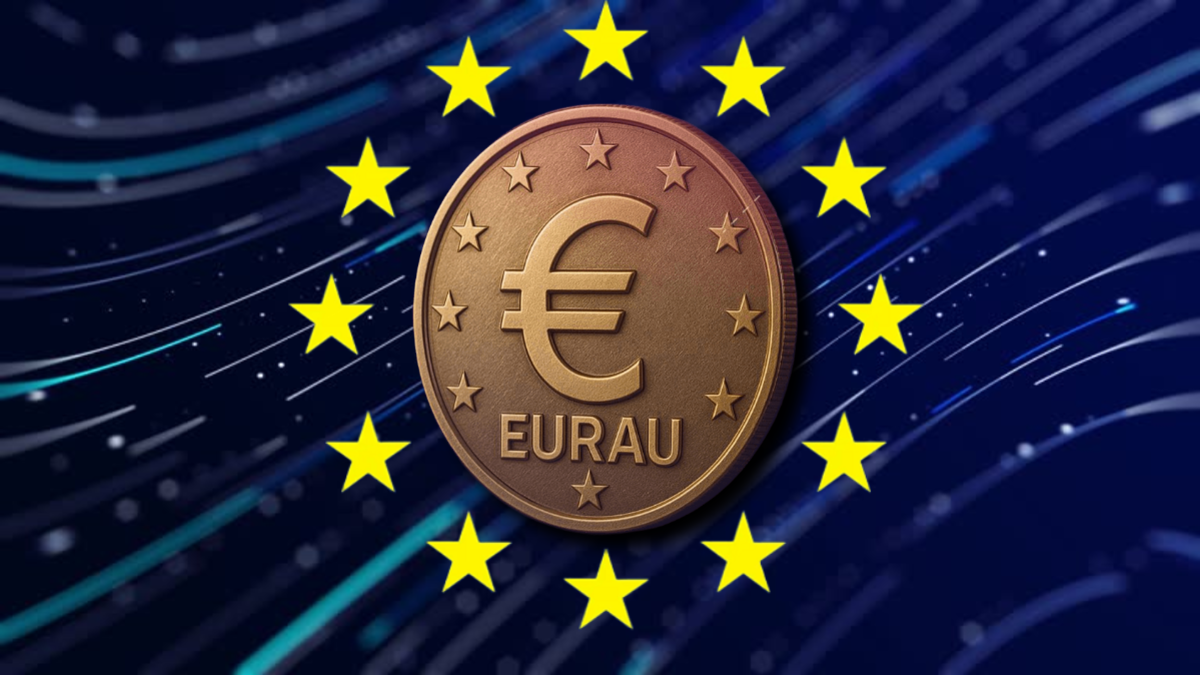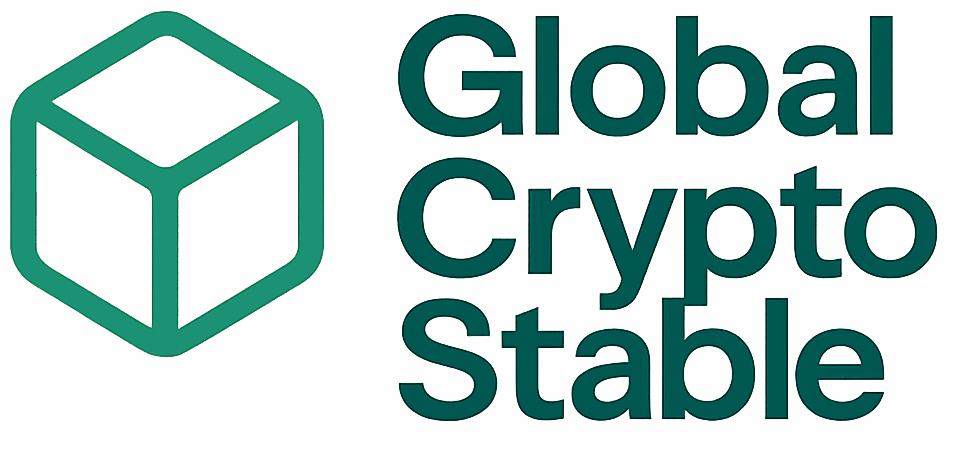How Euro-Pegged Stablecoins (EUR) Are Changing Crypto Diversification Strategies in 2024

In 2024, euro-pegged stablecoins redefined crypto diversification strategies for both retail and institutional investors. The catalyst? Europe’s Markets in Crypto-Assets (MiCA) regulation, which took full effect in December 2024 and immediately altered the landscape. MiCA’s strict requirements forced out non-compliant stablecoins and created a regulated, transparent environment for euro-backed cryptocurrency assets. As a result, the market capitalization of euro-denominated stablecoins surged to $456 million by October 2025. This shift is not just about regulatory compliance; it marks a fundamental change in how European and global investors approach risk, currency exposure, and portfolio construction.

MiCA Regulation: A Turning Point for Euro Stablecoins
MiCA’s regulatory clarity was a game-changer. By mandating licensing, full reserves, and public audits for stablecoin issuers, MiCA weeded out opaque projects and set the stage for institutional capital to flow into compliant assets. Notably, Tether’s USDT saw major delistings from European exchanges due to its inability to meet these new standards. In contrast, euro stablecoins like Circle’s Euro Coin (EURC) and STASIS Euro (EURS) experienced exponential growth. EURC alone grew by 155% in 2025, jumping from $117 million at the year’s start to $298 million by October.
This regulatory-driven migration has made euro-backed cryptocurrency more attractive as a tool for crypto diversification in 2024. Investors can now allocate capital into non-USD stablecoins with confidence that these assets are robustly regulated and backed by transparent reserves. For those with euro-denominated liabilities or expenses, this alignment is particularly compelling.
Portfolio Diversification Beyond the Dollar
The dominance of dollar-pegged stablecoins has long created concentration risk in crypto portfolios. The rise of EUR-pegged stablecoins offers a direct hedge against dollar volatility and US-centric regulatory shocks. For European investors and businesses, using a euro stablecoin means reduced FX risk and easier alignment with local banking systems.
Liquidity in euro-based trading pairs has improved as compliant euro stablecoins have gained traction. This is particularly notable on major exchanges that now feature EURC and EURS as primary liquidity options post-MiCA implementation. The growth of euro-backed assets is also spurring innovation in DeFi protocols and payment rails that cater specifically to the European market.
- Market capitalization: Euro-denominated stablecoins reached $456 million in October 2025
- Growth leaders: EURC up 155% in 2025 ($117 million to $298 million)
- Regulatory clarity: MiCA mandates licensing, full reserves, transparency
- Liquidity boost: More efficient EUR trading pairs on compliant exchanges
Systemic Risk and Regulatory Challenges
While MiCA has set a high bar for compliance, the European Systemic Risk Board (ESRB) remains vigilant. The ESRB recently called for urgent safeguards on partially EU-issued stablecoins, highlighting potential vulnerabilities in multi-issuer arrangements. Regulatory arbitrage and cross-border inconsistencies could still pose systemic risks if not addressed uniformly across the EU.
For a deeper dive into how regulated euro-backed stablecoins are shaping the market, see our analysis of how EURC and EURCV are changing euro stablecoins.
As euro-pegged stablecoins mature, their utility is extending beyond simple hedging. European fintechs and DeFi platforms are integrating EUR-backed tokens for payments, lending, and yield strategies tailored to euro-denominated users. This trend is accelerating as MiCA’s framework attracts both traditional banks and new entrants to the stablecoin race. Notably, a consortium of European banks recently announced plans to launch their own regulated euro stablecoin, aiming to counterbalance US dollar dominance in digital assets and strengthen the region’s financial sovereignty.
The expansion of non-USD stablecoins also offers strategic advantages for global investors. Portfolio managers can now diversify currency risk more precisely, aligning digital asset allocations with regional macroeconomic trends or corporate treasury needs. For example, multinational firms with significant operations in Europe can hold reserves in EURC or EURS, reducing conversion costs and exposure to USD volatility. This shift is particularly relevant in 2024 as geopolitical tensions and monetary policy divergence between the US and EU create new sources of FX risk.
Comparing Euro Stablecoin Options
The competitive landscape for euro stablecoins is evolving rapidly. While EURC leads in market capitalization at $298 million as of October 2025, other contenders like EURCV and fully-backed bank-issued coins are gaining traction by offering unique features such as on-chain compliance checks or integration with decentralized lending protocols. Investors should assess factors like reserve transparency, audit frequency, on-chain liquidity, and DeFi compatibility before selecting a euro-backed cryptocurrency.
For a detailed breakdown of leading options, including EURC, EURAU, and EURQ, see our guide on comparing euro stablecoins for DeFi and payments.
What’s Next for Euro-Pegged Stablecoins?
Looking ahead, the adoption curve for EUR-pegged stablecoins will depend on continued regulatory harmonization and further integration into mainstream financial products. The ECB’s stance toward public-private collaboration will be critical, especially as discussions around the digital euro intensify. If regulatory clarity persists and interoperability standards improve, we could see euro stablecoins not only rival their USD counterparts but also become foundational rails for cross-border payments and programmable finance across Europe.
Ultimately, the rise of regulated euro-backed cryptocurrency marks a turning point for crypto diversification strategies in 2024. As MiCA’s framework matures and market participants adapt, investors seeking exposure beyond the dollar now have robust tools to manage risk, and capture opportunity, in an increasingly multipolar digital asset landscape.




